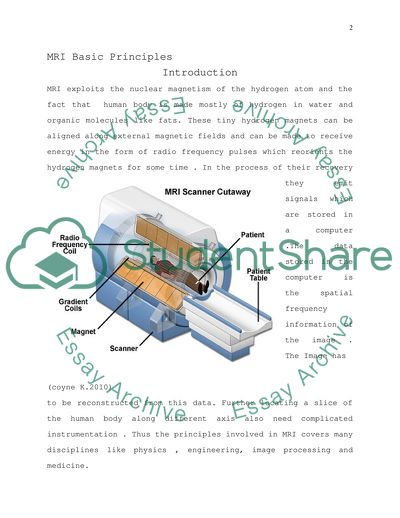Cite this document
(MRI Basic Principles Assignment Example | Topics and Well Written Essays - 1250 words, n.d.)
MRI Basic Principles Assignment Example | Topics and Well Written Essays - 1250 words. https://studentshare.org/medical-science/1757079-the-basic-principles-of-magnetic-image-resonance-production
MRI Basic Principles Assignment Example | Topics and Well Written Essays - 1250 words. https://studentshare.org/medical-science/1757079-the-basic-principles-of-magnetic-image-resonance-production
(MRI Basic Principles Assignment Example | Topics and Well Written Essays - 1250 Words)
MRI Basic Principles Assignment Example | Topics and Well Written Essays - 1250 Words. https://studentshare.org/medical-science/1757079-the-basic-principles-of-magnetic-image-resonance-production.
MRI Basic Principles Assignment Example | Topics and Well Written Essays - 1250 Words. https://studentshare.org/medical-science/1757079-the-basic-principles-of-magnetic-image-resonance-production.
“MRI Basic Principles Assignment Example | Topics and Well Written Essays - 1250 Words”. https://studentshare.org/medical-science/1757079-the-basic-principles-of-magnetic-image-resonance-production.


